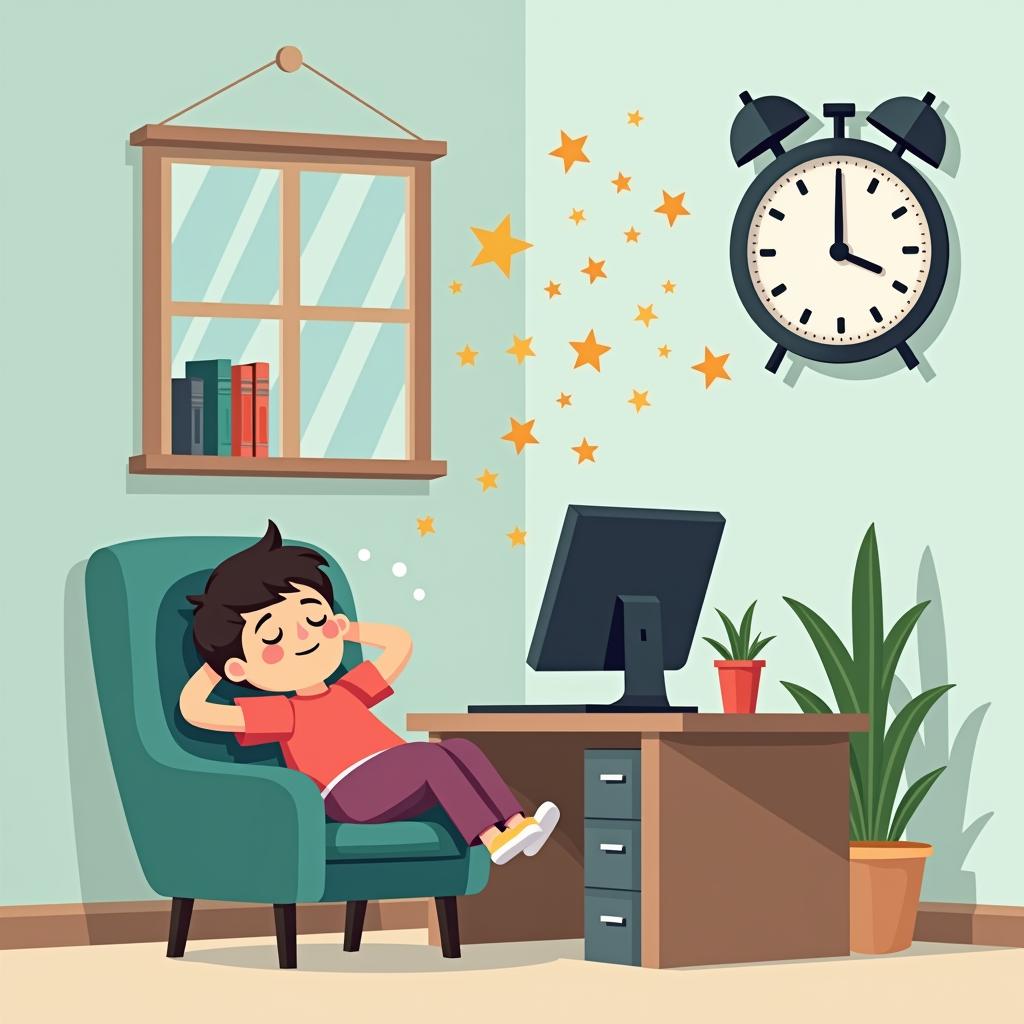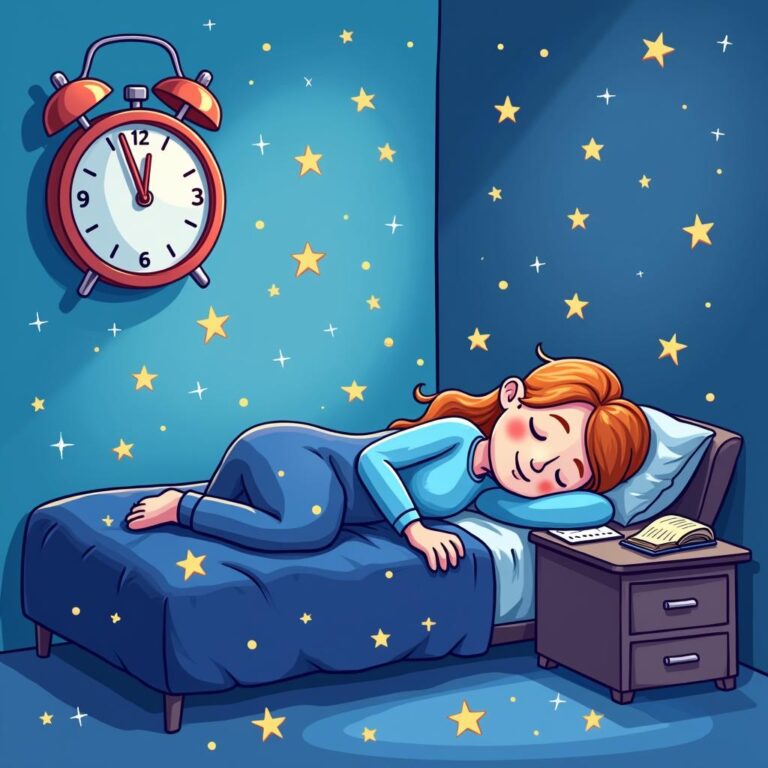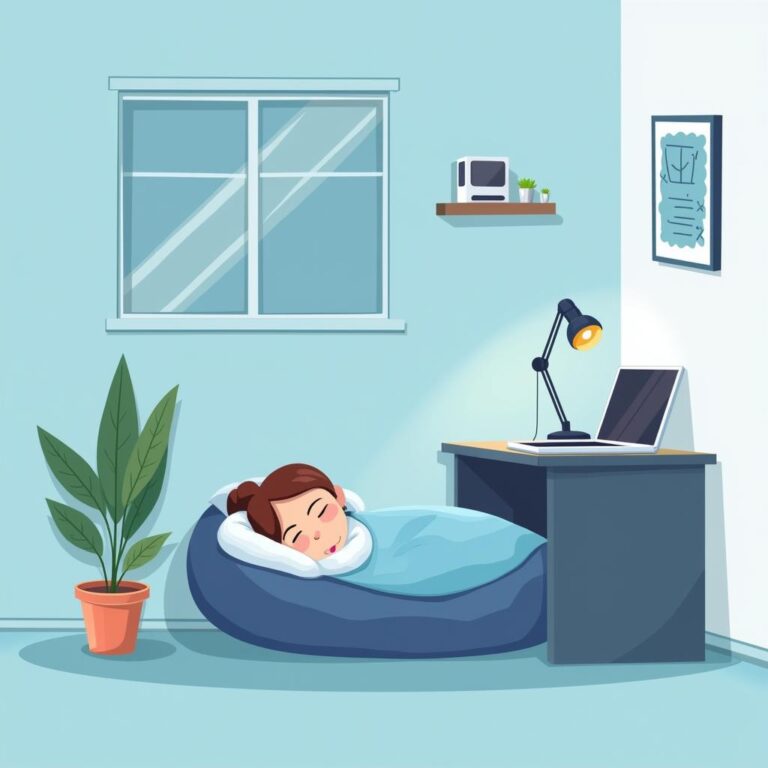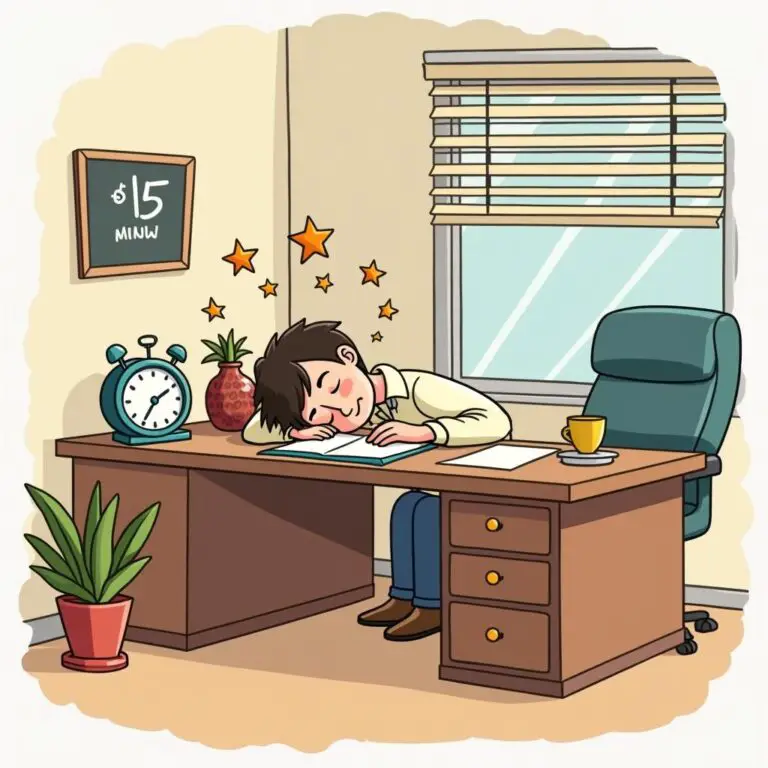Introduction
In our fast-paced, demanding lives, a quick energy boost during the day can be a game changer. One of the most effective methods to recharge is through power napping. However, the effectiveness of a power nap largely depends on its length. In this article, we will delve into the optimal power nap length for maximum energy, helping you stay alert and productive throughout your day.
Understanding Power Naps
A power nap is typically a short sleep that can provide a range of benefits, from enhancing mood to improving cognitive function. Unlike longer naps that can leave you groggy, a power nap is designed to rejuvenate you without the unpleasant aftereffects sometimes associated with longer sleep periods. The key to a successful power nap lies in timing.
Ideal Length of a Power Nap
Research indicates that the optimal power nap length for increasing energy and cognitive performance is generally between 10 to 30 minutes. Here’s a closer look at the different durations and their benefits:
10-20 Minute Power Nap
This short duration is often considered the perfect length for power napping. It allows you to enter the lighter stages of sleep without descending into deeper sleep cycles, thus minimizing grogginess upon waking. Many studies have highlighted that a 20-minute nap can lead to improved alertness and boost immediate performance on cognitive tasks.
30-Minute Power Nap
If you extend your nap to 30 minutes, you may begin to enter deeper sleep stages. While this nap length can still improve alertness, waking up from deep sleep can lead to sleep inertia, which is a period of grogginess and disorientation. Therefore, it’s crucial to consider your own sleep patterns and how you react to longer naps before committing to the full 30 minutes.
Benefits of Power Napping
Power naps can yield numerous benefits, particularly when taken at the right length. Here are some of the advantages of incorporating power naps into your daily routine:
Increased Alertness
One of the immediate effects of a power nap is heightened alertness. It’s common for people to experience a significant boost in their attention and concentration levels after a short sleep. This is especially helpful if you’re feeling fatigued or are facing an important task that requires focus.
Enhanced Cognitive Performance
Studies suggest that napping can help with memory consolidation. A quick power nap not only helps refresh the mind but also enhances problem-solving skills and increases creativity. Many professionals report improved performance after short naps, indicating that strategic napping can be an effective way to enhance cognitive abilities.
Improved Mood
Feeling cranky? A power nap can help improve your mood. Sleep deprivation often leads to irritability, and a few minutes of respite can significantly enhance your emotional well-being by reducing stress levels and promoting a more positive mindset.
Best Time to Nap
Timing can greatly influence the effectiveness of a power nap. For most people, the early afternoon—around 1 to 3 PM—is an ideal time for a nap. This is because our natural circadian rhythms typically lead to a dip in energy levels during this period. Aligning your nap with these natural rhythms can amplify the benefits!
Tips for an Effective Power Nap
To make the most of your power naps, consider these helpful tips:
Create a Comfortable Environment
Find a quiet, dark place to rest. Eliminating noise and minimizing light exposure can help signal your brain that it’s time to nap. Use sleep masks or earplugs if necessary.
Set an Alarm
To prevent oversleeping, set an alarm to ensure you wake up after your desired nap length. This helps prevent you from descending into deeper sleep stages that can leave you feeling groggy.
Shorten Your Wind-Down Period
Try to relax and clear your mind before napping. A few deep breaths or some light stretching can help transition you more quickly into sleep, maximizing the effectiveness of the power nap.
Potential Downsides of Power Napping
While power naps can be beneficial, they can also have drawbacks for some individuals. If you experience insomnia or have trouble sleeping at night, napping during the day might make it worse. Additionally, people who suffer from certain sleep disorders should consult with a healthcare provider before establishing a regular napping routine.
Conclusion
Power napping can be a great way to recharge when used properly. The best power nap length for energy usually ranges from 10 to 30 minutes, where you find balance without descending too deep into sleep. By timing your nap correctly, creating a conducive environment, and knowing your own body’s responses, you can harness the incredible benefits of power naps to enhance your productivity and overall well-being.
So the next time you find yourself feeling sluggish, consider integrating a power nap into your routine. Just a short period of rest could be just what you need to boost your energy levels and improve your day!







